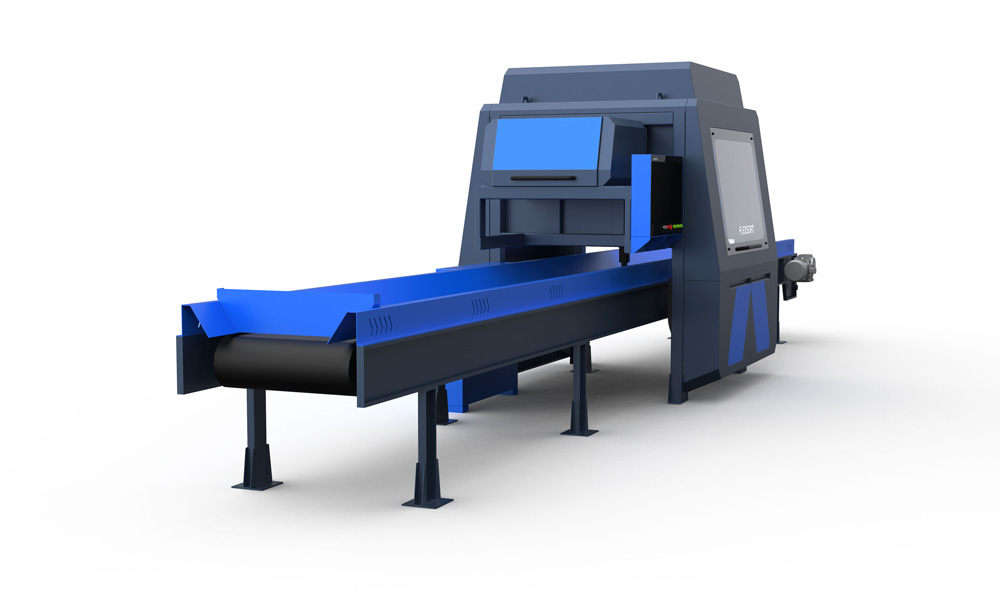 Time:2025-03-21
Time:2025-03-21
 Source:青绿环境
Source:青绿环境
In Modern Urban Life, Waste Management Is a Major Challenge. The Emergence of Waste Sorting Robots Brings Hope for Efficient and Accurate Processing of Mixed Municipal Solid Waste.

Waste sorting robots are equipped with advanced sensor systems that function as their "sensory organs." Infrared sensors can sensitively detect the heat differences emitted by waste, preliminarily identifying waste categories through subtle temperature variations. For example, fruit peels discarded shortly before will have temperature characteristics different from other waste. Visual sensors, acting like sharp "eyes," use high - definition cameras to capture the shape, color, and texture of waste. With the help of deep learning algorithms, robots can recognize the cylindrical shape of plastic bottles, the metallic luster of aluminum cans, and the transparent texture of glass products, thereby distinguishing them.
When mixed waste is conveyed to the sorting area, the robot first uses a large - scale mechanical arm for coarse sorting. Under program control, the mechanical arm flexibly grasps the waste and places it on different conveyor belts. For example, large - sized waste, such as old furniture, is placed on a dedicated bulky waste conveyor belt. Smaller waste is further processed according to subsequent fine - sorting procedures.
Next, the fine - sorting stage begins. At this point, the robot integrates information from various sensors. For plastic waste, it determines the type of plastic, whether PET or PVC, using a spectrometer, as different types of plastic have different requirements for recycling. For organic waste, the robot uses biosensors to detect components and determine whether they contain harmful substances to decide if they are suitable for composting.
Throughout the sorting process, the robot is connected to an intelligent control system. This control system, acting like a "brain," continuously receives data from sensors, analyzes it, and makes decisions. If the robot encounters waste that is difficult to distinguish, it marks it and sends it to the manual review area for processing by staff. Meanwhile, the control system optimizes the sorting algorithm based on the actual situation of waste sorting, improving the accuracy and efficiency of sorting.
With their powerful sensing technology and intelligent control systems, waste sorting robots can accurately sort mixed municipal solid waste, significantly improving waste - handling efficiency and making an important contribution to environmental protection and resource recycling.













 Prev
Prev











